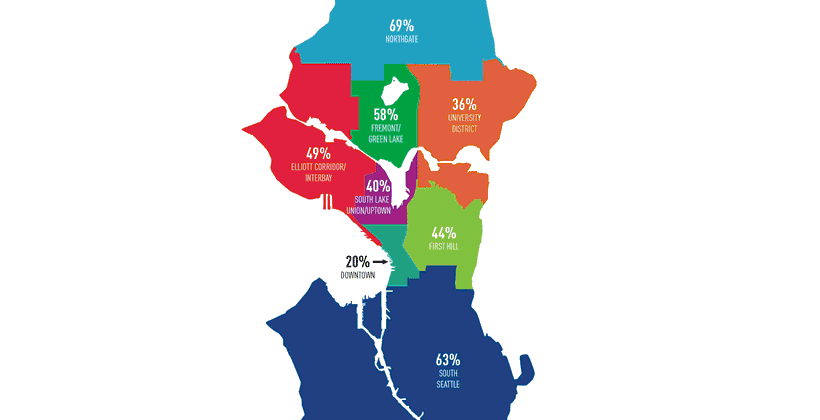Lesson
Part of: How Cities can Engage Organizations in Improving Urban Mobility
How Seattle carried out the elements of its TRO
BOOKMARK
Goals: reduce traffic congestion, emissions of greenhouse gases and other air pollutants, and energy consumption.
Objectives: variable among the city’s eight regions, called ‘networks’
Type: performance-based (but the organizations must choose measures from a list with 18 options)
Applicability criteria: all companies with 100 or more employees
Incentives: annual awards give recognition to the best performing work sites (Commute Trip Reduction champions)
Penalties: none for not achieving objectives, $250 a day for noncompliance with the policy. This is the last resource used. Prior to that one-on-one assistances are conducted.
Requirements for participating organizations:
